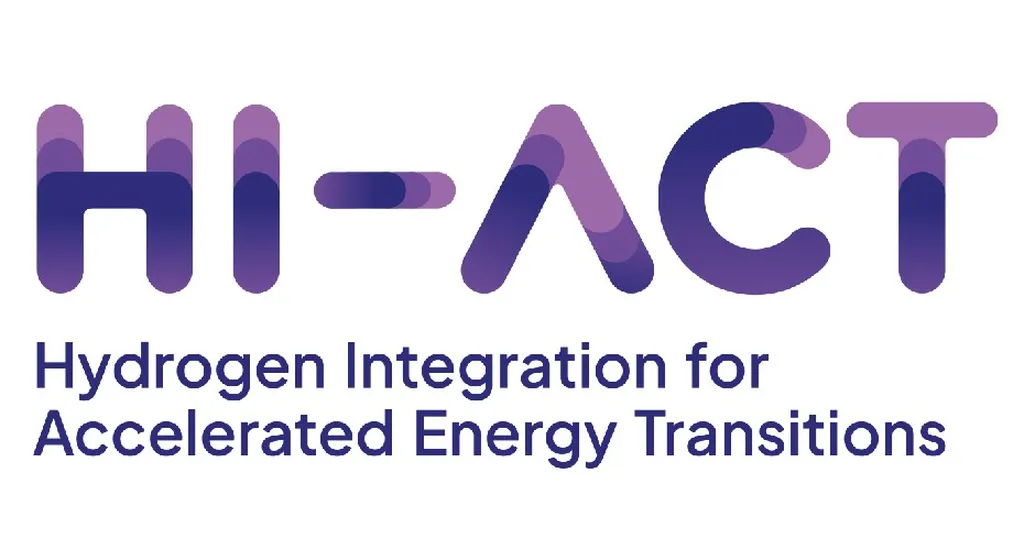In the quest for universal energy access, the most challenging territories are often the ones that slip through the cracks of traditional infrastructure models. These “hard-to-reach” communities, whether remote rural villages or urban informal settlements, present unique hurdles that demand innovative financing and business strategies. A recent study published in the journal *Frontiers in Sustainable Energy Policy* (translated from English as *Frontiers in Sustainable Energy Policy*) sheds light on these complexities, offering valuable insights for the energy sector.
Lead author Whitney Pailman, from the Department of Geography at the University of Exeter in the United Kingdom, argues that a one-size-fits-all approach won’t cut it when it comes to electrifying these areas. “Different country and regional contexts present unique and practical challenges,” Pailman explains. “We need to critically engage with discourses that characterize geographic remoteness as ‘un-electrifiable’ and instead focus on pragmatic, context-specific solutions.”
The study draws on six case studies from sub-Saharan Africa, comparing the geographic contexts of urban informality and remote rural settings in Kenya, Rwanda, Uganda, South Africa, the Kingdom of Eswatini, and Madagascar. The research highlights the intricacies of providing energy access in these dynamic contexts, where households and businesses are often excluded from grid electricity and other key infrastructure services due to financial, socio-technical, and socio-political barriers.
One of the key challenges identified is the viability gap, which results from a disjuncture between end-users’ ability to pay and the revenues required to cover the cost of service. This gap is particularly pronounced in “hard-to-reach” areas, where the lack of formal service provision, security of tenure, and material certainty further complicates the picture.
So, what does this mean for the energy sector? The study underscores the need for contextually grounded approaches that consider the unique characteristics of each setting. “We need to rethink how we develop and finance energy access business models,” Pailman emphasizes. This could open up new commercial opportunities for energy providers willing to innovate and adapt their strategies to these challenging environments.
The research also calls for a shift in discourse, moving away from labeling certain areas as “un-electrifiable” and instead focusing on the practicalities of delivering energy access. This shift could have significant implications for policy and practice, encouraging more pragmatic and inclusive approaches to electrification.
As the world strives to leave no one behind in the pursuit of sustainable energy for all, this study serves as a timely reminder of the complexities involved in reaching the “hardest to reach” communities. By embracing context-specific solutions and innovative financing models, the energy sector can play a pivotal role in bridging the viability gap and bringing sustainable energy access to those who need it most.

